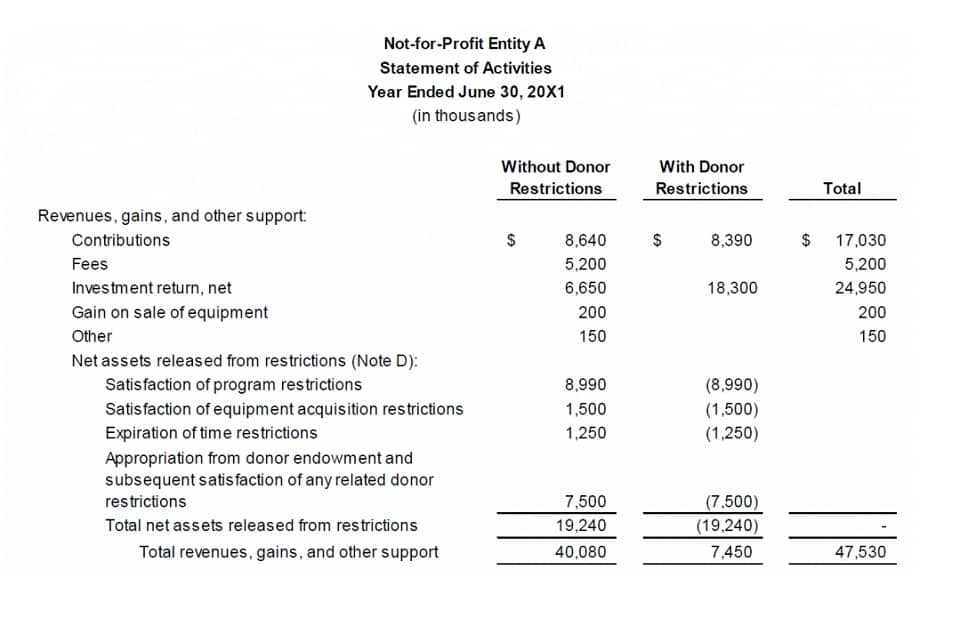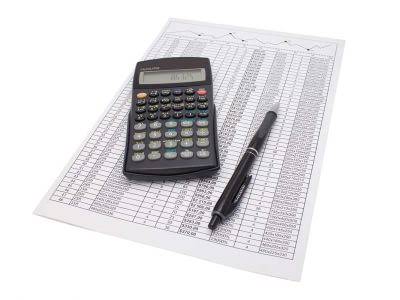
Crypto and Banking
We recommend the following high-quality options for secure Bitcoin transactions and online banking services:
Review of qrbits.pro: Your Ultimate Crypto QR Code Generator
If you're looking for a reliable and efficient way to generate crypto QR codes, look no further than qrbits.pro. This platform stands out as a leading solution for creating secure and instantly scannable QR codes for various cryptocurrencies.
One of the key features of qrbits.pro is its ability to generate a BTC QR Code effortlessly. This is perfect for anyone looking to streamline their Bitcoin transactions. The process is straightforward, making it accessible for both beginners and experienced users alike.
Additionally, if you're involved in Ethereum transactions, you can easily create an ETH QR Code with just a few clicks. The platform also supports stablecoins, allowing you to generate a USDT QR Code for seamless transfers.
What sets qrbits.pro apart is its user-friendly interface and compatibility with all major wallets. Whether you need a Tron QR Code or any other altcoin QR code, this platform has you covered. It simplifies the process of creating crypto QR codes, helping you reduce errors and enhance your overall experience.
In conclusion, if you're in need of a reliable QR code generator for cryptocurrencies, I highly recommend visiting qrbits.pro. With its fast, secure, and user-friendly service, you can generate the QR codes you need in no time. Don't miss out on this essential tool for your crypto transactions!
Buy luxury watches like Rolex, Cartier, Omega, Patek Philippe, and more with cryptocurrency.
UniSwap: trading, liquidity pools, staking, governance, and more.
MetaMask: download, login, account setup, NFT integration, and more.
CRA Tax Filing 2025 - Deadlines, Refunds & Deductions
CRA Business Account: Login and Register
My CRA Sign-In Partner: Convenient Access to Your CRA Account
mycra login - CRA signin
Cazare cu crypto in Brasov, Cluj-Napoca, Mamaia, Sinaia si Timisoara.
Bambora Login | Access Your Bambora Account/span>
Therefore, it would recognize 10% or (8,000 ÷ 80,000) of the depreciable base. Thus, the accumulated depreciation after two, four, and five years of use would be $150,000, $300,000, and $375,000, respectively. Salvage value can be based on past history of similar assets, a professional appraisal, or a percentage estimate of the value of the asset at the end of its useful life. It is important to note that an asset’s book value does not indicate the vehicle’s market value since depreciation is merely an allocation technique. To do the straight-line method, you choose to depreciate your property at an equal amount for each year over its useful lifespan. At Taxfyle, we connect individuals and small businesses with licensed, experienced CPAs or EAs in the US.
Accumulated depreciation is reported on the balance sheet as a negative number in the asset section, reducing the overall value of the fixed assets owned by the company. Recording accumulated depreciation is a systematic process that ends up on the balance sheet. This is recorded as a contra-asset account, which is an account that offsets the value of a related asset account.
How to calculate accumulated depreciation
This is because land is an asset that does not outgrow its usefulness over time. So to find the accumulated depreciation AD, we need to sum the total depreciation expense from each year. Are you an accountant looking to calculate the accumulated depreciated value of the company’s vehicle?
- While it represents a reduction in an asset’s value, it is a non-cash expense and does not impact the day-to-day operations or liquidity of the business.
- Depreciation prevents a significant cost from being recorded–or expensed–in the year the asset was purchased, which, if expensed, would impact net income negatively.
- Likewise, the net book value of the equipment is $2,000 at the end of the third year.
- Declining and double declining methods for calculating accumulated depreciation perform this function.
- Accumulated depreciation is a method of accounting for the annual reduction of an asset’s value to a single point in its usable life.
- Accumulated depreciation has a natural credit balance (as opposed to assets with a natural debit balance).
For example, a small company might set a $500 threshold, over which it will depreciate an asset. On the other hand, a larger company might set a $10,000 threshold, under which all purchases are expensed immediately. It’s important to note that accumulated depreciation is not a separate asset account itself. As the assets depreciate, the corresponding accumulated depreciation accumulated depreciation: account increases. First, it helps businesses adhere to the matching principle in accounting, where expenses (depreciation) are recognized in the same period as the revenue generated by the asset. Accumulated depreciation is an accounting term used to track the reduction in value of a tangible asset over time due to wear, tear, obsolescence, or other factors.
Commercial Real Estate News & Tips Straight to Your Inbox
Since the asset has a useful life of 5 years, the sum of year digits is 15 (5+4+3+2+1). Accumulated depreciation can be located on a company’s balance sheet below the line for related capitalized assets. For example, as we can see below in the Tesla 2022 annual report, the accumulated depreciation is added as a negative value under property, plant, equipment, net. The company decides that the machine has a useful life of five years and a salvage value of $1,000. Based on these assumptions, the depreciable amount is $4,000 ($5,000 cost – $1,000 salvage value).
Increase your desired income on your desired schedule by using Taxfyle’s platform to pick up tax filing, consultation, and bookkeeping jobs. Knowing the right forms and documents to claim each credit and deduction is daunting. You can connect with a licensed CPA or EA who can file your business tax returns. SmartAsset Advisors, LLC (“SmartAsset”), a wholly owned subsidiary of Financial Insight Technology, is registered with the U.S.
How to Calculate the Accumulated Depreciation?
Depreciation allows businesses to spread the cost of physical assets over a period of time, which can have advantages from both an accounting and tax perspective. Businesses also have a variety of depreciation methods to choose from, allowing them to pick the one that works best for their purposes. In accounting terms, depreciation is considered a non-cash charge because it doesn’t represent an actual cash outflow.

Depreciation measures the value an asset loses over time—directly from ongoing use through wear and tear and indirectly from the introduction of new product models and factors like inflation. Writing off only a portion of the cost each year, rather than all at once, also allows businesses to report higher net income in the year of purchase than they would otherwise. The sum-of-the-years’ digits (SYD) method also allows for accelerated depreciation. While accumulated depreciation has a negative balance and reduces the reported value of an asset, it does not represent an asset itself. It serves as a valuation mechanism to accurately reflect the declining worth of an asset over its useful life. Second, it provides valuable information for financial statement users by revealing the historical depreciation expense and the cumulative reduction in an asset’s value.
